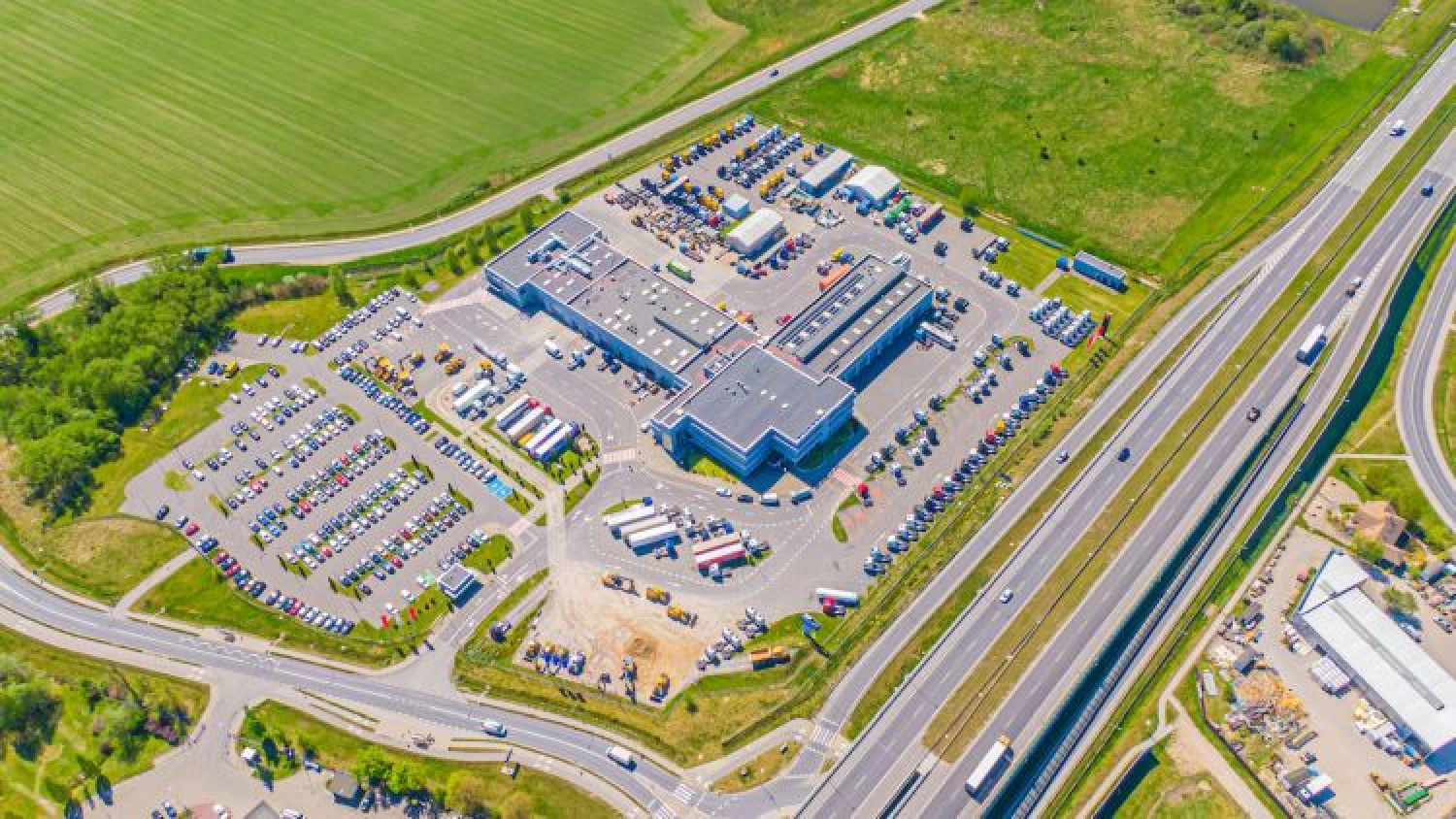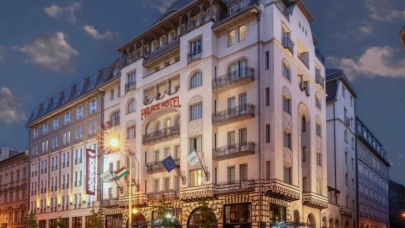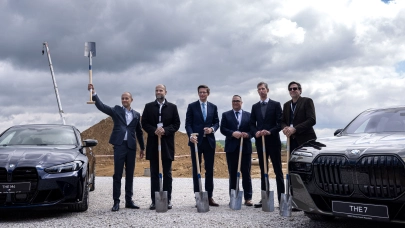
The total industrial and logistics stock for the CEE-12 region has grown to exceed 65 million sqm, with 25 million sqm situated in and around the 12 capital city markets. Poland maintains the largest I&L market and is approaching the 30 million sqm mark, reveals a new report by Colliers.
Dominika Jędrak, Director of Research, CEE at Colliers comments: “The current availability of the industrial and logistics market can be categorized as low, with the majority of markets recording vacancy rates below 5%. A high percentage of the new supply being constructed is on a build-to-suit basis, Standard speculative development across the region has a smaller share of the pipeline, however, I&L properties also have the shortest delivery times compared to other sectors. There are several factors that can influence demand for a market and the decision-making process. The CEE region is ideally located in the very heart of Europe and has excellent access to the international transportation network which has undergone improvements over the last few years.”
Demand for the I&L sector in the CEE-12 region over the past few years has been strong and driven mainly by the 3PL, retail and distribution sectors, followed by the light production, automotive and FMCG industries.
“Due to the ongoing war in Ukraine, all CEE-12 countries experienced rising fuel prices, higher construction material prices (and lower availability), a partial breakdown of supply chains and high, rising inflation rate in 2022. These caused prolonged construction timelines for new I&L schemes and a rise in both rents and yields. However, in most cases, by the end of 2022, the situation began to stabilize, fuel and construction material prices began to fall, inflation rose more slowly and developers began to return to greater activity. Currently, the I&L sector is still performing well, despite a slight slowdown. We predict that it will return to even better shape in 2023”, adds Dominika.
The manufacturing sector in CEE-12 varies from country to country. The largest turnover in the manufacturing sector in 2020 belonged to Poland, which accounted for about 38% of the total volume of CEE-12 countries, followed by the Czech Republic (19%) and in third place Hungary (12%). In terms of the share of manufacturing contract volume in gross demand since the beginning of 2018, the Czech Republic is the leader, with a share as high as 36%.
The most developed manufacturing sector in CEE-12 in 2020 in terms of turnover was automotive. Recently, the CEE-12 has seen a significant increase in inquiries from customers involved in the production of batteries used in electric cars. The trend for this sector should continue in the coming years. The second sector with the highest turnover in CEE-12 is food manufacturing.
Increased interest in manufacturing space from Asian clients, mainly from China and South Korea, has also been noted.
Colliers forecasts that the manufacturing sector in CEE-12 countries will continue to grow significantly in the coming years. This is due in part to cheaper labour and lower rental rates than in Western European countries. While Western Europe is beginning to slowly run out of land for locating large-scale manufacturing facilities, the CEE-12 countries are characterized by relatively high availability of such land. The trend toward nearshoring, friendshoring and reshoring may positively influence the speed of development of this segment in CEE-12.



